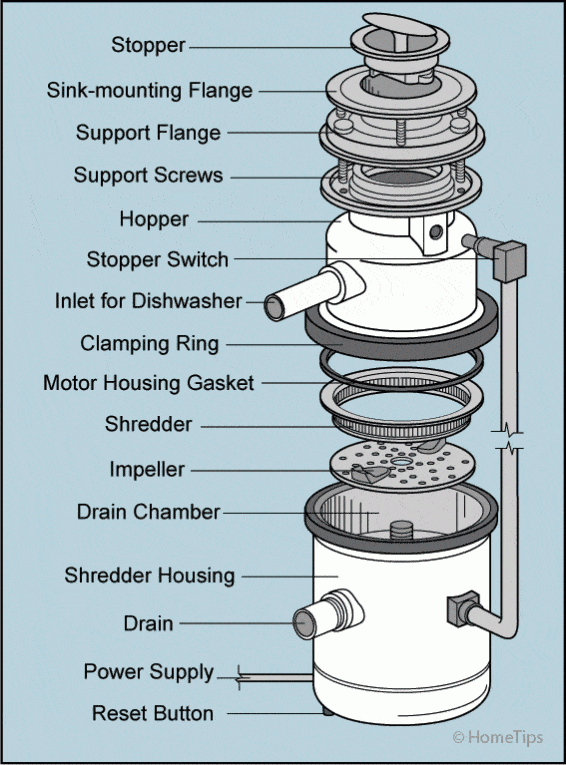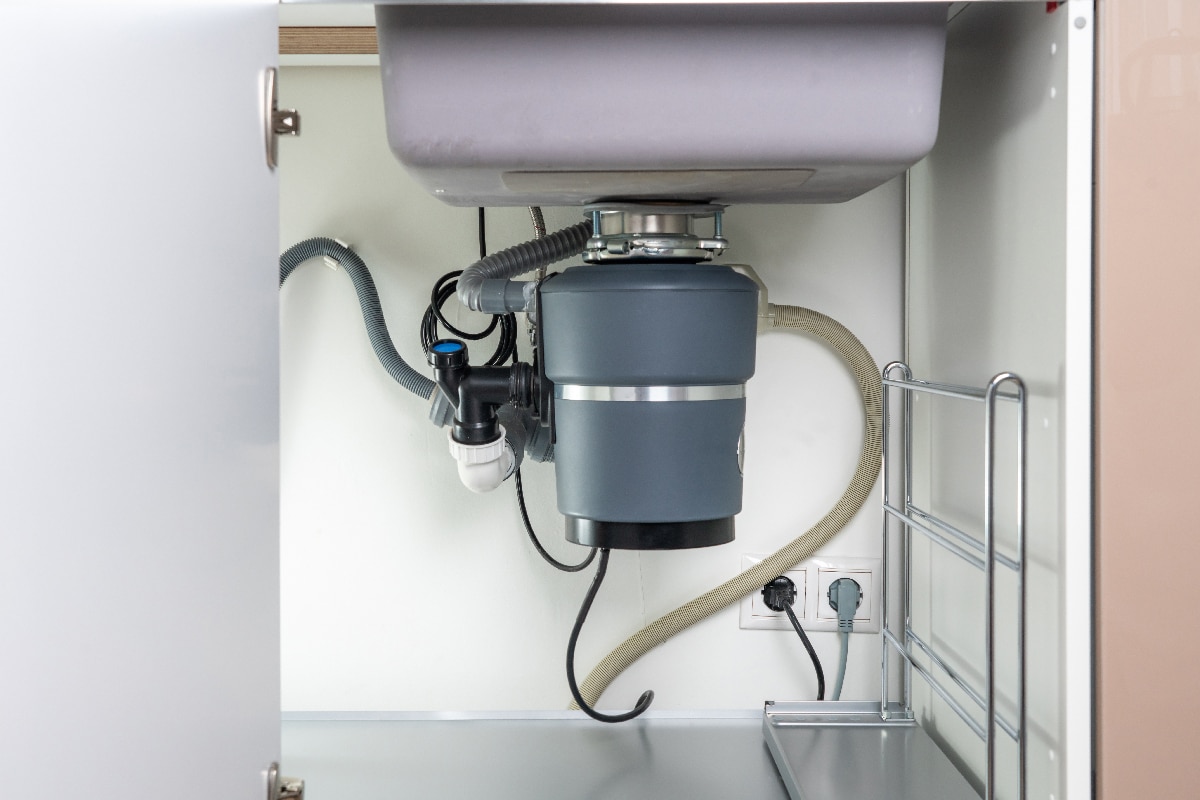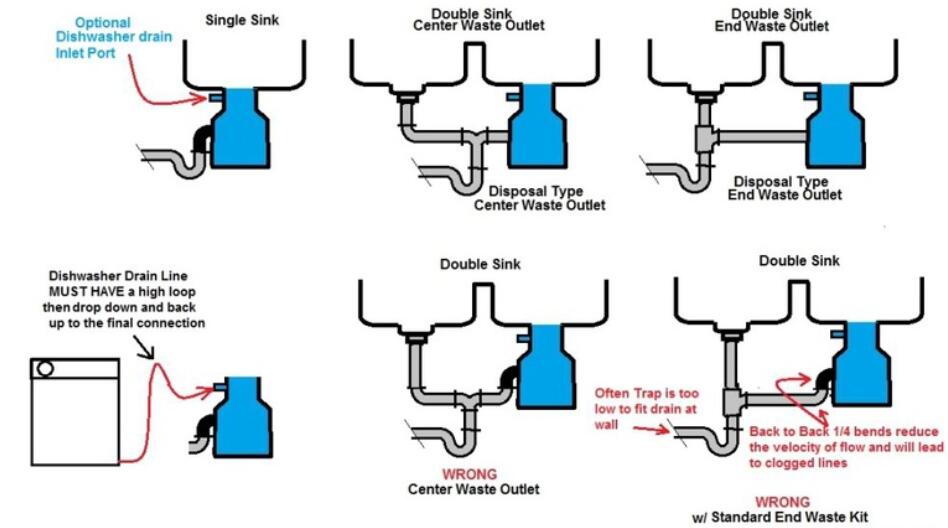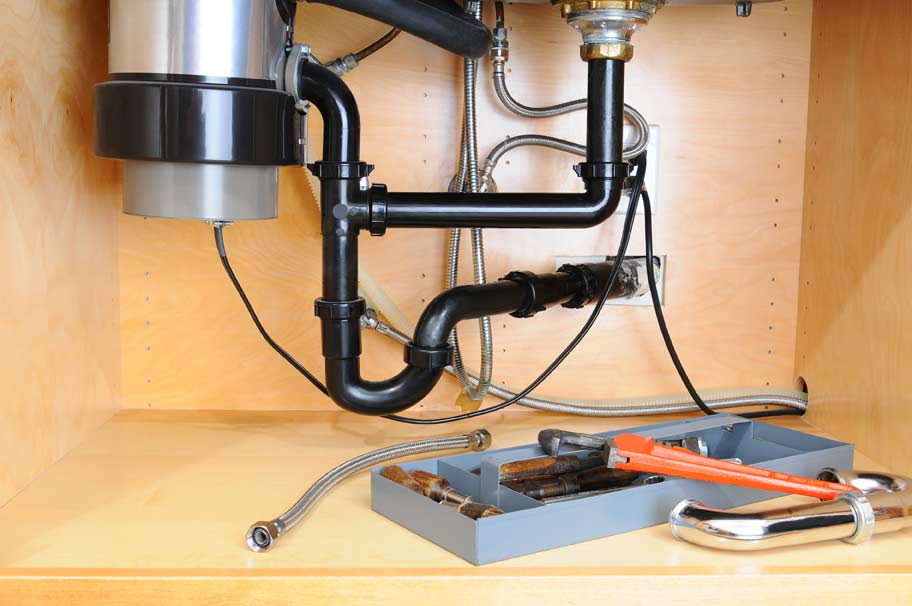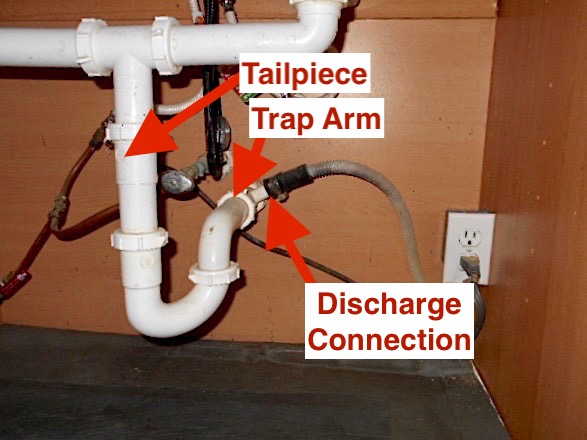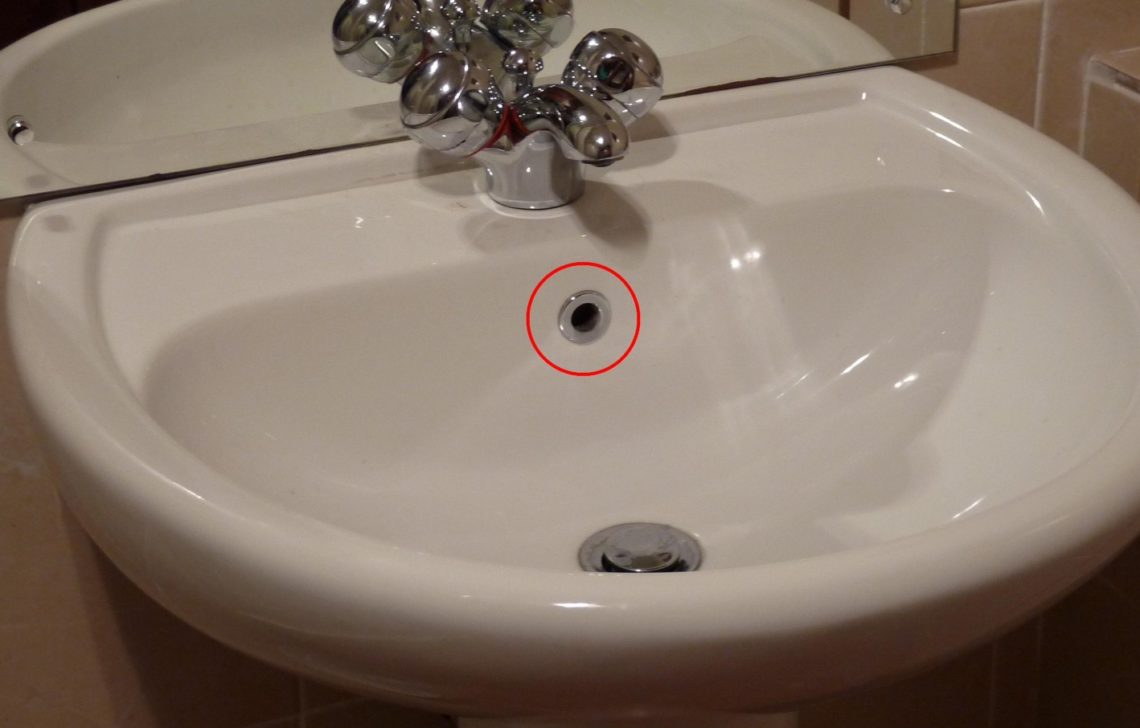How to Install a Kitchen Sink Drain Pipe
Installing a kitchen sink drain pipe may seem like a daunting task, but with the right tools and a little know-how, it can be a simple and straightforward process. Before you begin, make sure you have all the necessary materials, including a new drain pipe, pipe wrench, plumber's putty, and silicone sealant. It's also important to turn off the water supply before starting any plumbing work.
First, you'll need to remove the old drain pipe. Use a pipe wrench to loosen the nuts connecting the drain pipe to the sink and the wall. Once the nuts are removed, you can remove the old pipe and clean the area where the new pipe will be installed.
Next, apply a thin layer of plumber's putty around the opening of the sink where the drain will be placed. This will create a watertight seal when the new drain is installed. Place the new drain into the opening and tighten the nut from underneath the sink to secure it in place.
Now, it's time to install the new drain pipe. Connect the P-trap to the bottom of the drain and tighten the nuts. Then, attach the other end of the P-trap to the wall pipe and tighten the nuts again. Make sure the pipes are aligned properly and not too tight to prevent any leaks.
Finally, turn the water supply back on and run water through the sink to check for any leaks. If everything looks good, you can seal the connections with silicone sealant to ensure a long-lasting seal.
How to Install a Vent Pipe for a Kitchen Sink
A vent pipe is an essential part of any kitchen sink drain system. It allows air to flow into the pipes, preventing suction and keeping the water flowing smoothly. Installing a vent pipe for your kitchen sink is a relatively easy process, but it does require some knowledge of plumbing.
The first step is to determine the location of your vent pipe. Ideally, it should be placed on the wall behind the sink and connect to the drain pipe just above the P-trap. Use a drill to create a hole in the wall where the vent pipe will be installed.
Next, you'll need to cut a section of the drain pipe where the vent pipe will connect. Make sure to use a pipe cutter to get a clean cut. Then, attach the vent pipe to the drain pipe using a coupling and tighten the nuts.
Finally, run the vent pipe up through the wall and connect it to the vent stack. This is usually located on the roof of your home. Use a flashing to seal the connection and prevent any water from leaking into your home. Once everything is connected, test the system by running water through the sink and checking for any leaks.
How to Unclog a Kitchen Sink Drain with a Plunger
A clogged kitchen sink drain can be a major inconvenience, but before you reach for harsh chemicals, try using a plunger to clear the blockage. The first step is to remove any standing water from the sink. Then, place the plunger over the drain and push down firmly, creating a seal.
Next, pull up on the plunger to create suction and then push down again. Repeat this motion several times until you feel the blockage start to loosen. If the clog is stubborn, you may need to add some hot water to the sink and continue plunging.
Once the water starts to drain, run hot water through the sink for a few minutes to flush out any remaining debris. If the plunger doesn't work, you may need to use a drain snake or call a professional plumber for assistance.
How to Clean a Kitchen Sink Drain
Cleaning your kitchen sink drain is an important part of maintaining a healthy and functional kitchen. Over time, food particles, grease, and soap scum can build up in your drain, leading to clogs and unpleasant odors. The good news is, cleaning your drain is a simple task that can be done with everyday household items.
The first step is to remove any visible debris from the drain using a pair of gloves. Then, pour a pot of boiling water down the drain to help loosen any buildup. Next, mix equal parts baking soda and vinegar and pour it down the drain. This will create a chemical reaction that will help break down any stubborn clogs.
Allow the mixture to sit for a few minutes before pouring another pot of boiling water down the drain. You can also use a small brush or toothbrush to scrub the inside of the drain and remove any remaining debris. Finish by running hot water through the drain for a few minutes to flush everything out.
How to Replace a Kitchen Sink Drain
If your kitchen sink drain is old or damaged, it may be time to replace it. This is a relatively simple process that can be done in just a few steps. First, you'll need to purchase a new drain that is the same size and style as your old one.
Next, follow the steps outlined in the "How to Install a Kitchen Sink Drain Pipe" section to remove the old drain and clean the area. Then, simply install the new drain in the same manner, making sure to use plumber's putty and silicone sealant to create a watertight seal.
Once the new drain is installed, turn the water supply back on and run water through the sink to check for any leaks. If everything looks good, you now have a new and functional kitchen sink drain.
How to Fix a Leaky Kitchen Sink Drain
A leaky kitchen sink drain can be a frustrating and wasteful problem. Luckily, it's usually an easy fix that can be done in just a few minutes. The first step is to locate the source of the leak. This could be from the drain pipe, the P-trap, or the connection to the sink.
If the leak is coming from the drain pipe or P-trap, simply tighten the nuts using a pipe wrench. If the leak is coming from the connection to the sink, you may need to remove the drain and reapply plumber's putty to create a better seal.
If the leak persists, you may need to replace the P-trap or call a professional plumber for assistance. It's important to address any leaks as soon as possible to prevent water damage and further issues with your kitchen sink drain.
How to Install a Kitchen Sink Drain Trap
A drain trap is an essential part of any kitchen sink drain system. It prevents sewer gases from entering your home and also catches debris to prevent clogs. Installing a new kitchen sink drain trap is a simple process, but it does require some basic plumbing knowledge.
First, make sure you have all the necessary materials, including a new P-trap, pipe wrench, and plumber's putty. Then, follow the steps outlined in the "How to Install a Kitchen Sink Drain Pipe" section to remove the old trap and clean the area.
Next, install the new P-trap in the same manner, making sure to tighten the nuts properly to prevent any leaks. You can also use silicone sealant to ensure a watertight seal. Once the new trap is installed, turn the water supply back on and check for any leaks.
How to Install a Kitchen Sink Drain with a Garbage Disposal
If you have a garbage disposal in your kitchen sink, you'll need to install a special drain that allows food scraps to be ground up and washed down the drain. This is a relatively easy process, but it does require some additional steps.
The first step is to turn off the power to the garbage disposal and remove the old drain and P-trap. Then, install the special drain that is designed for use with a garbage disposal. This will have a small opening for the disposal and a larger opening for the sink drain.
Next, install the garbage disposal according to the manufacturer's instructions. Once the disposal is securely in place, you can connect the drain pipes and turn the water supply back on. Test the system by running water through the sink and turning on the disposal.
How to Install a Kitchen Sink Drain with a Dishwasher
If you have a dishwasher in your kitchen, you'll need to install a special drain that allows water from the dishwasher to drain into the kitchen sink drain. This is a simple process that can be done in just a few steps.
The first step is to turn off the water supply and remove the old drain and P-trap. Then, install the new drain, making sure to connect the dishwasher drain pipe to the larger opening on the drain. You may need to use a coupling to connect the pipes properly.
Next, install the P-trap and make sure all the connections are tight to prevent any leaks. Finally, turn the water supply back on and run water through the sink and dishwasher to check for any leaks. If everything looks good, you now have a functional kitchen sink drain that can accommodate a dishwasher.
How to Install a Kitchen Sink Drain with a P-Trap
A P-trap is an important part of any kitchen sink drain system. It prevents sewer gases from entering your home and also catches debris to prevent clogs. Installing a new kitchen sink drain with a P-trap is a simple process that can be done in just a few steps.
First, make sure you have all the necessary materials, including a new P-trap, pipe wrench, and plumber's putty. Then, follow the steps outlined in the "How to Install a Kitchen Sink Drain Pipe" section to remove the old drain and clean the area.
Next, install the new P-trap in the same manner, making sure to tighten the nuts properly to prevent any leaks. You can also use silicone sealant to ensure a watertight seal. Once the new trap is installed, turn the water supply back on and check for any leaks.
The Importance of Proper Ventilation for Your Kitchen Sink Drain

Understanding the Purpose of a Vent Pipe
The Role of Gravity in Drainage
 To understand the importance of a vent pipe, it's essential to first understand how drainage works. In a properly functioning plumbing system, gravity plays a significant role in the movement of water. When you open the tap, water flows through the pipes and out of the sink due to the force of gravity. However, for this to happen smoothly, air needs to be able to enter the system to replace the water that is being drained.
A vent pipe allows this air to enter the system, preventing any potential blockages or issues with drainage. It also helps to maintain the pressure in the plumbing system, ensuring that water can flow freely through the pipes.
To understand the importance of a vent pipe, it's essential to first understand how drainage works. In a properly functioning plumbing system, gravity plays a significant role in the movement of water. When you open the tap, water flows through the pipes and out of the sink due to the force of gravity. However, for this to happen smoothly, air needs to be able to enter the system to replace the water that is being drained.
A vent pipe allows this air to enter the system, preventing any potential blockages or issues with drainage. It also helps to maintain the pressure in the plumbing system, ensuring that water can flow freely through the pipes.
The Consequences of a Blocked Vent Pipe
 If your kitchen sink drain vent pipe becomes blocked, it can have serious consequences on your plumbing system. As mentioned earlier, it can lead to slow drainage, clogs, and unpleasant odors. It can also cause water to back up into your sink, which can be a messy and costly problem to fix.
Moreover, a blocked vent pipe can also affect the entire plumbing system in your home. It can lead to issues with other drains, such as your toilet or bathtub, and may even cause damage to your pipes. This can result in costly repairs and inconvenience for you and your family.
If your kitchen sink drain vent pipe becomes blocked, it can have serious consequences on your plumbing system. As mentioned earlier, it can lead to slow drainage, clogs, and unpleasant odors. It can also cause water to back up into your sink, which can be a messy and costly problem to fix.
Moreover, a blocked vent pipe can also affect the entire plumbing system in your home. It can lead to issues with other drains, such as your toilet or bathtub, and may even cause damage to your pipes. This can result in costly repairs and inconvenience for you and your family.
The Solution: Proper Design and Maintenance
 To avoid these issues, it's crucial to ensure that your kitchen sink drain has a properly installed and functioning vent pipe. This means designing your plumbing system with proper ventilation in mind and regularly maintaining and cleaning your vent pipe to prevent any blockages.
In conclusion, the
kitchen sink drain vent pipe
is an essential component in ensuring the proper functioning of your plumbing system. It allows air to enter and maintain the pressure in your pipes, preventing clogs and other issues. So, when designing your house, make sure to prioritize proper ventilation for your kitchen sink drain to avoid any potential problems.
To avoid these issues, it's crucial to ensure that your kitchen sink drain has a properly installed and functioning vent pipe. This means designing your plumbing system with proper ventilation in mind and regularly maintaining and cleaning your vent pipe to prevent any blockages.
In conclusion, the
kitchen sink drain vent pipe
is an essential component in ensuring the proper functioning of your plumbing system. It allows air to enter and maintain the pressure in your pipes, preventing clogs and other issues. So, when designing your house, make sure to prioritize proper ventilation for your kitchen sink drain to avoid any potential problems.




:max_bytes(150000):strip_icc()/how-to-install-a-sink-drain-2718789-hero-24e898006ed94c9593a2a268b57989a3.jpg)



/how-to-install-a-sink-drain-2718789-hero-b5b99f72b5a24bb2ae8364e60539cece.jpg)






/sink-vent-installing-an-auto-vent-2718828-05-ca0dcb2915be457b9693ccd2655e6c21.jpg)



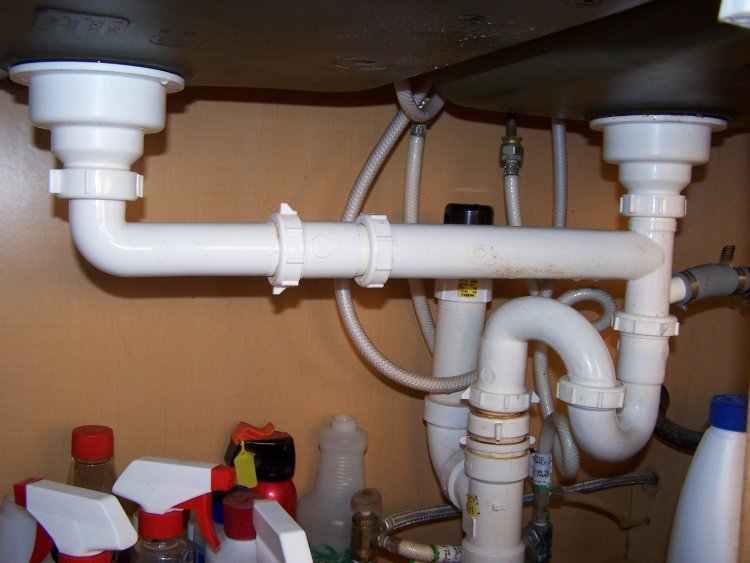











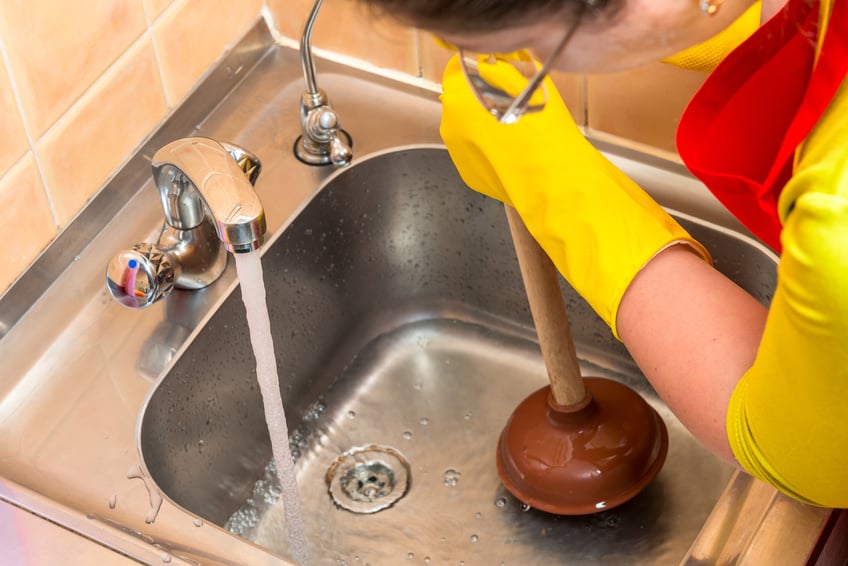


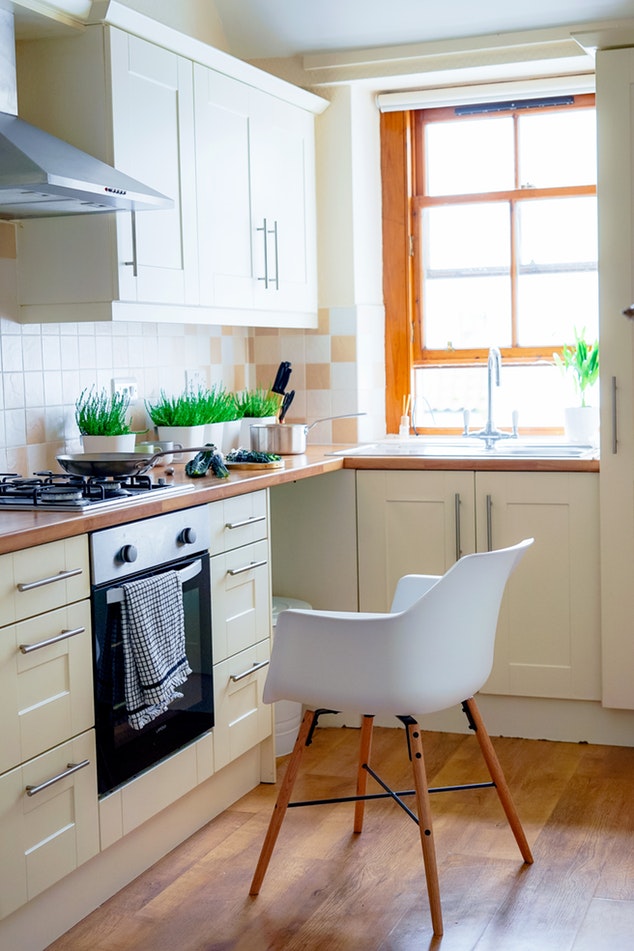


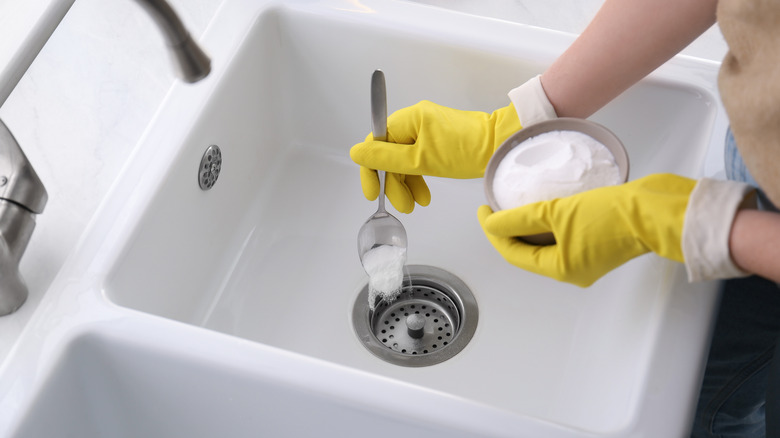


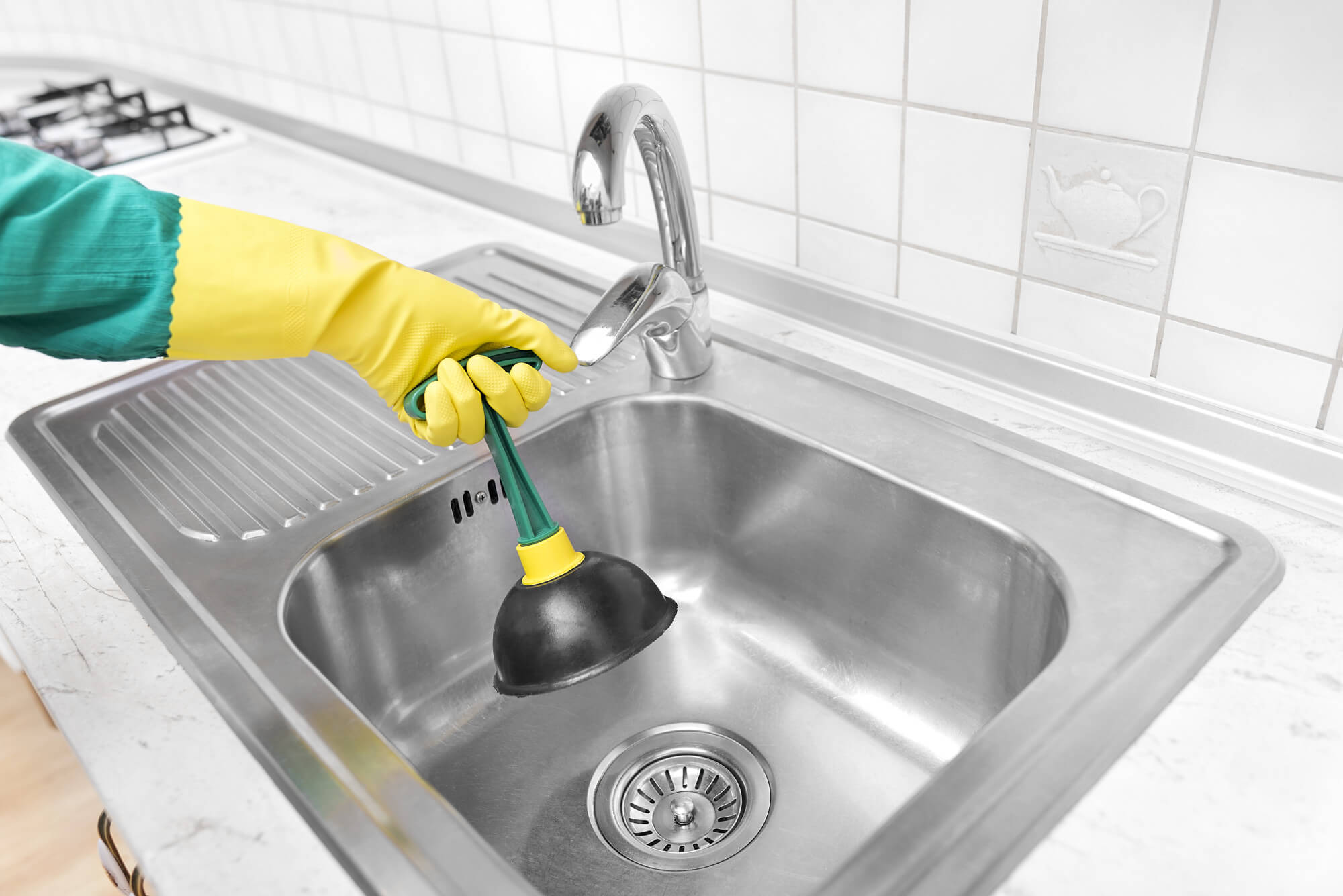
:max_bytes(150000):strip_icc()/freshen-and-unclog-drain-with-baking-soda-1900466-22-bbf940b70afa4d5abef0c54da23b1d3f.jpg)

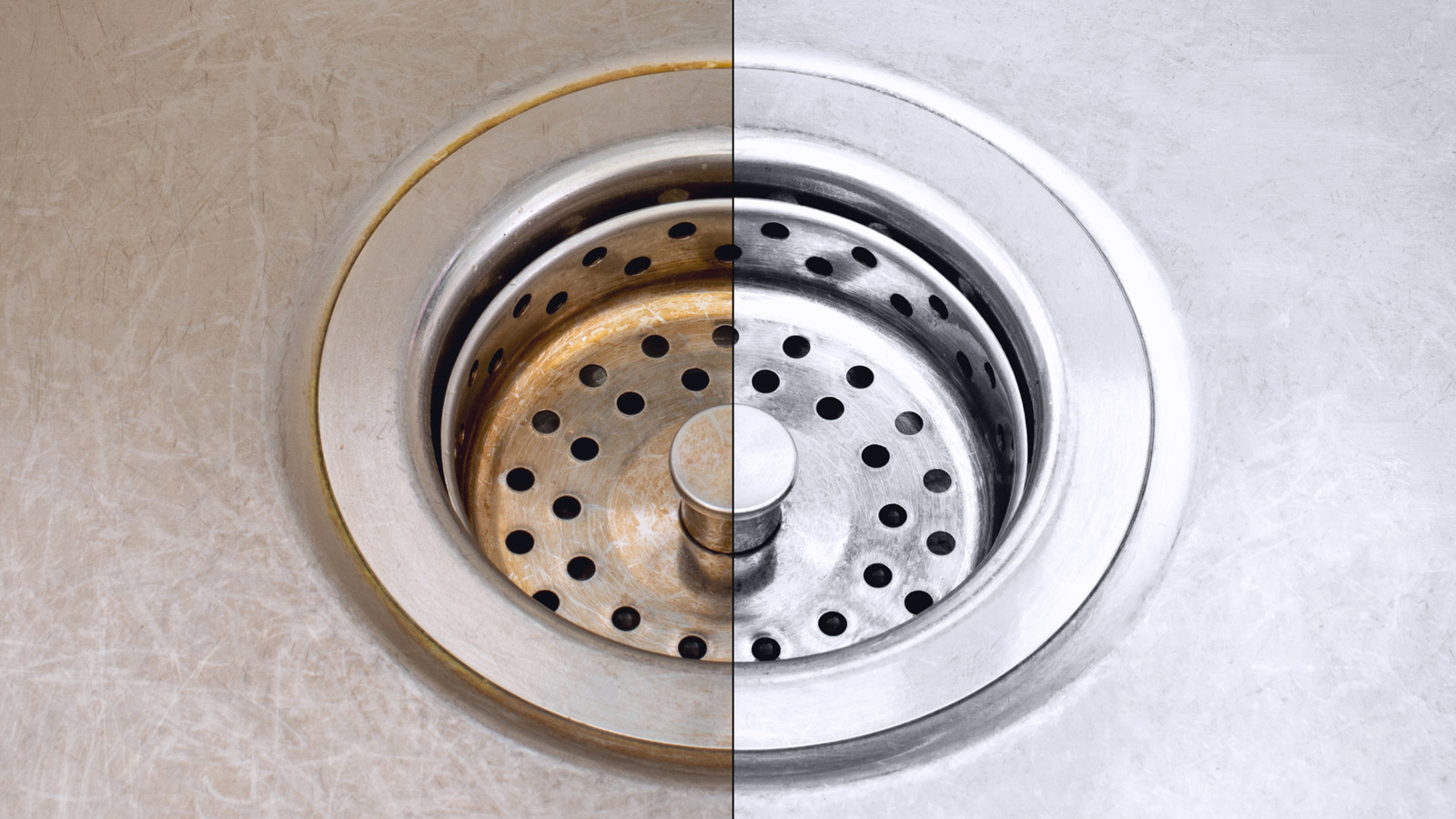
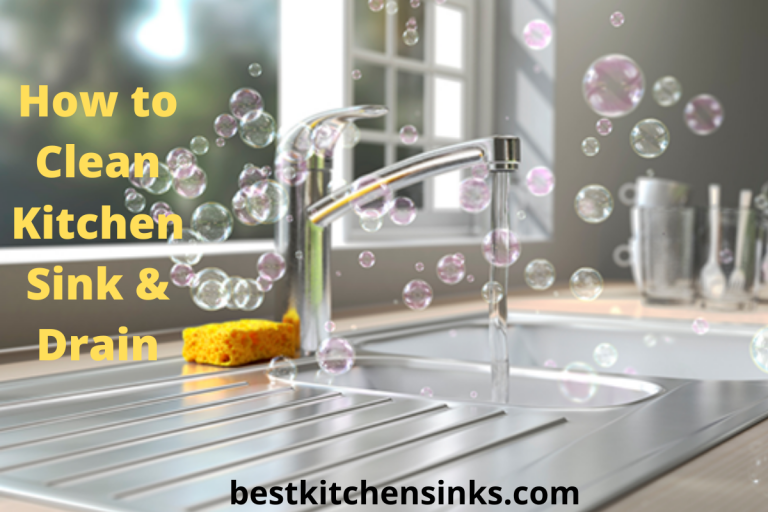
:max_bytes(150000):strip_icc()/how-to-clean-a-kitchen-sink-and-drain-01-5660035-a1d8afe3894346f9a579e66c55e64b7d.jpg)























/sink-drain-trap-185105402-5797c5f13df78ceb869154b5.jpg)





